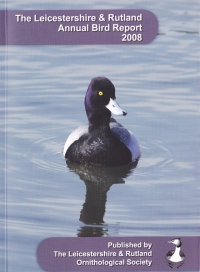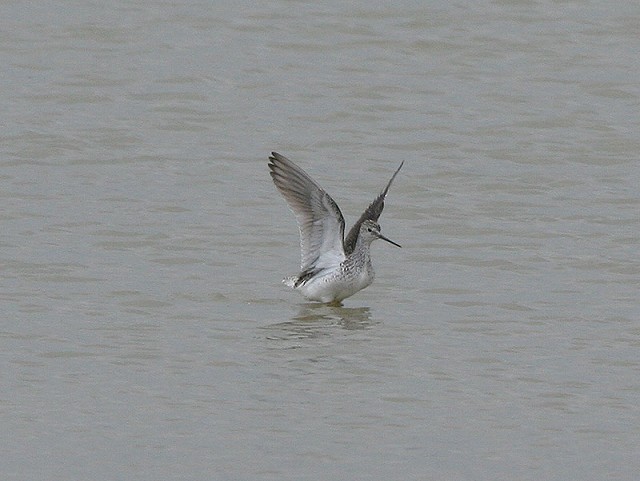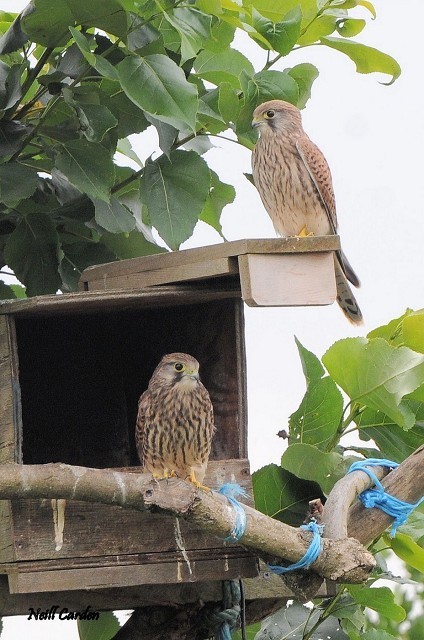LROS Annual Bird Report 2008

At almost 60 years old, LROS (Leicestershire and Rutland Ornithological Society) has a long tradition of reporting on the avifauna of these two counties — merged at the vice-county level — in which lies one of the most significant inland waterbodies in the UK.
The report details all 2008 sightings and is organised into the now-expected sections covering the annual review, systematic list, ringing report and gazetteer. This very complete report also includes details of arrival/departure dates of migrants, a site summary of WeBS counts and a summary of all county records of species not recorded in 2008. With the county seeing its earliest-ever Sand Martin, it was also interesting to read that half of the 14 non-passerine migrants and 10 of the 19 passerines arrived later then the 10-year average. One species missing from the arrivals list is Wood Warbler, although despite not appearing in the systematic list it also doesn't appear in the list of species not recorded during the year.
The finders' accounts of the four county 'firsts' — Caspian Gull, Stilt Sandpiper, Marsh Sandpiper and Icterine Warbler — really convey the excitement and perhaps panic at finding such a special bird.

Marsh Sandpiper, Rutland Water, Leicestershire and Rutland (Photo:
Steve Seal)
It is easy to simply rely on the systematic list to convey the flavour of the county's birds, but the editors have avoided this by putting effort into the other sections, although I was a little surprised how few ringing recoveries there were in the county. LROS obviously also suffer the same fate as many (if not most) county bird clubs in finding it hard to gather information on common breeding species. Take the Amber-listed Kestrel as an example. With breeding only proven at eight sites, the report does note that this isn’t a true reflection of the county population, but addressing this issue will always be problematic.

Common Kestrel, Rutland Water, Leicestershire and Rutland (Photo:
Neill Carden)
One of the highlights of the report are the illustrations, and in particular the field notes for the Stilt Sandpiper on page 60 are perfect. The contributions from John Wright are a great addition to the report. Some of the photographs appeared a little small, but are of good quality — the Water Rail chick is to die for!
It is hard to find any room for improvement, but if I was forced, it would have been nice to have seen the WeBS counts broken down in certain cases — such as knowing what the 16,134 birds seen at Rutland Water in September were?
Copies of the report are available from LROS Sales — contact Sue Graham.


